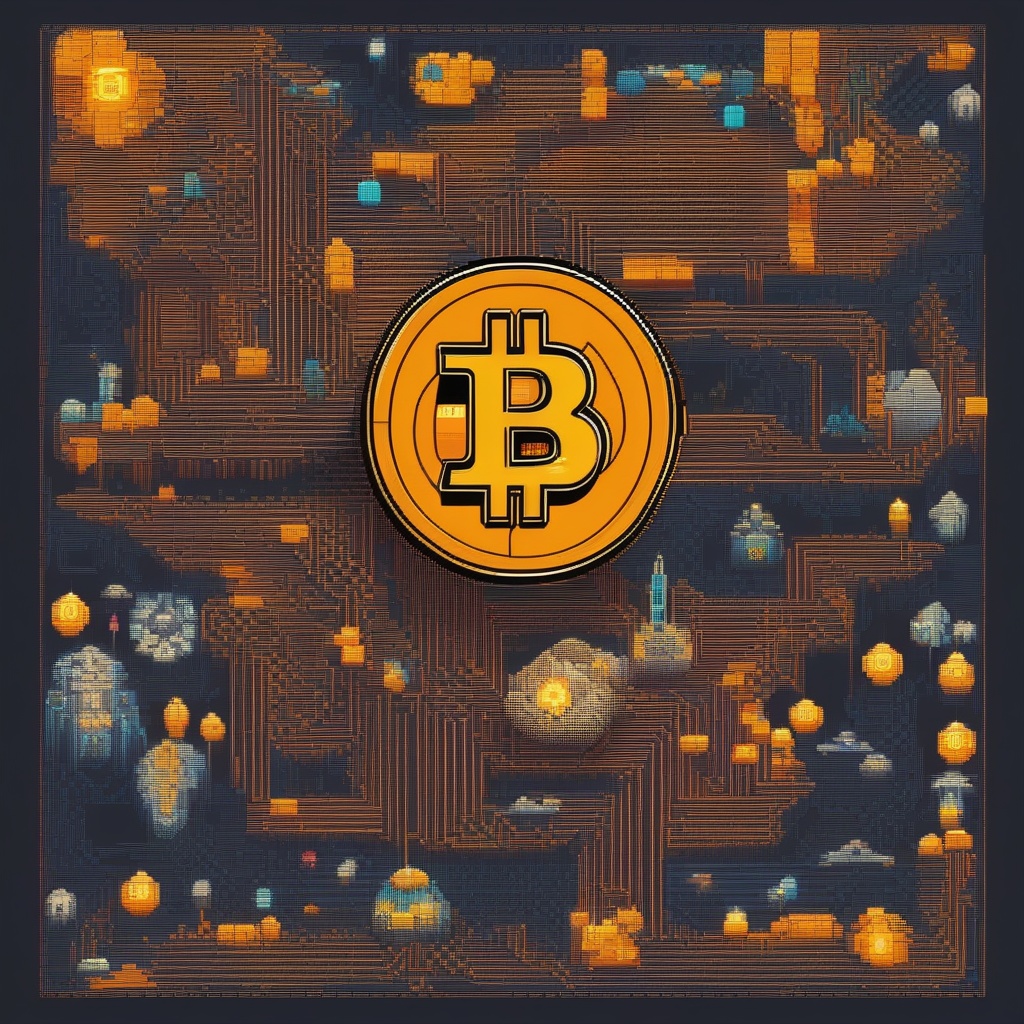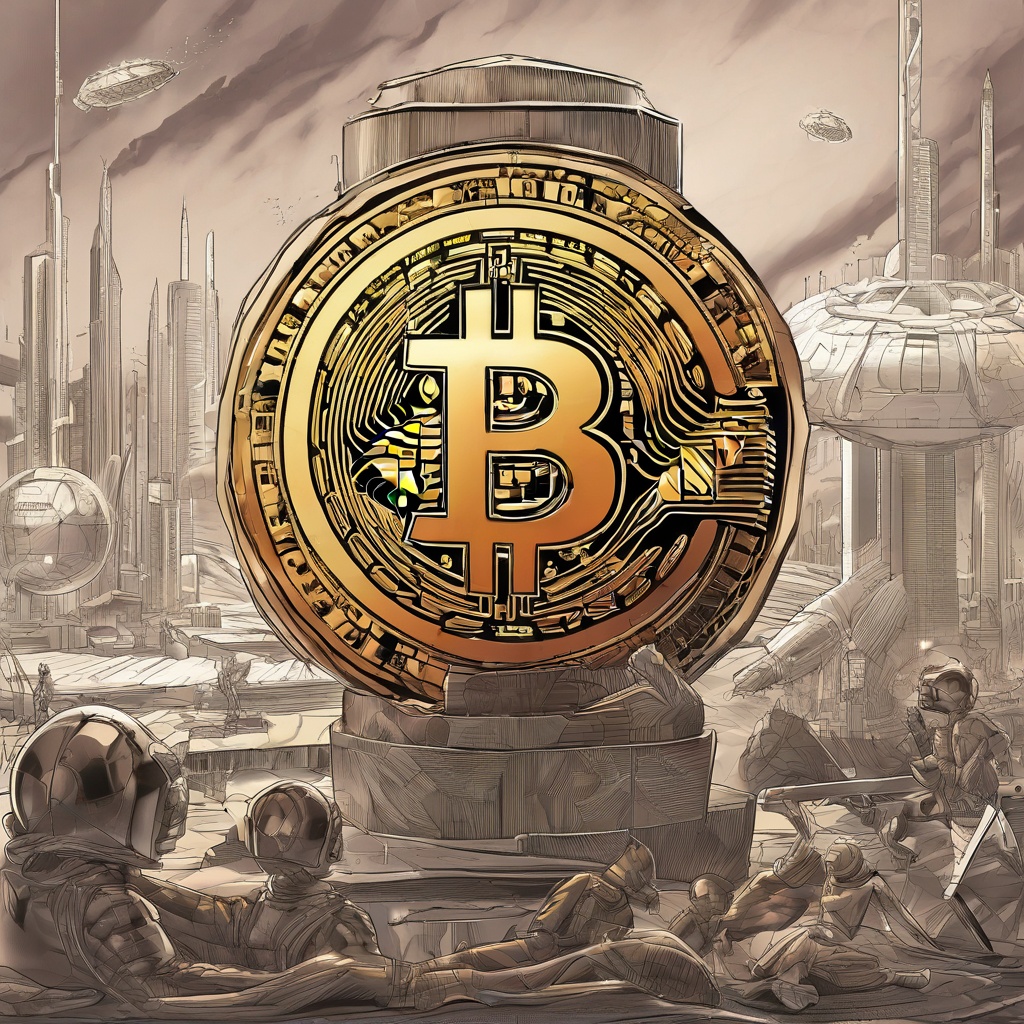How high can a Polygon MATIC go?
I'm wondering about the potential growth of Polygon MATIC. Specifically, how high can its value go in the future?

Is Polygon cheaper than Optimism?
I'm considering using a layer-2 scaling solution for Ethereum and I'm wondering if Polygon is cheaper to use compared to Optimism. I'd like to understand the cost differences between these two options.

What is the difference between PoS and zkEVM Polygon?
I'm curious to understand the distinction between Proof of Stake (PoS) and zkEVM Polygon. Could you elaborate on how they differ in their underlying mechanisms, the security they offer, and their implications for scalability and transaction fees within the blockchain ecosystem? Additionally, how do these two approaches impact the overall user experience and potential for decentralized application development?

What is the largest DEX for Polygon?
Could you please elaborate on the current state of decentralized exchanges (DEXs) operating on the Polygon network? Specifically, I'm curious to know which DEX is currently the largest in terms of trading volume, user base, or any other relevant metric. Is there a clear leader in this space, and what sets it apart from the competition? Additionally, how has the growth of Polygon-based DEXs contributed to the overall ecosystem and adoption of the Polygon network?

Is Polygon faster than eth?
I'm curious to know, does Polygon offer faster transaction speeds compared to Ethereum? As we know, Ethereum has been facing scalability issues and high gas fees, making it less than ideal for certain use cases. So, does Polygon, as a layer-2 scaling solution, provide a more efficient and cost-effective alternative? It would be great to hear your thoughts on this.

